The Grateful Web's Nancy Levine recently had an opportunity to speak to Billy Kreutzmann, drummer for the Grateful Dead about playing again as 'The Dead,' his love for ocean and sea mammal protection, and what profession Billy would like to attempt were he not playing music...
GW: How has the tour gone?
BK: It’s been going great. It’s been one of the best tours the band’s ever done, actually.
GW: What makes it the best for you?
BK: Well, it’s real streamlined, we rehearsed almost 20 days of full-on rehearsals. Mickey and I have changed our game plan a lot. We’d go in early, go in at 10 in the morning, and we’d practice, work out our routines, we call them seams, and we’d go til 12:30 or so, break for lunch, and then the rest of the band would come in, and we’d go from 1 til around 6. So we had plenty of time to really get our stuff together, which is very helpful. Warren Haynes has really picked up the vibe of the Grateful Dead now. He’s playing real good with us, and of course, Jeff Chimenti always plays real good with us.
GW: Anything stand out as a highlight from the tour?
BK: The show you saw Sunday night [at Shoreline]. I think there was a little flame on stage. Everybody seemed to like that a lot. We put that in there just to be different. There’s always been a common thing, drums and dancing. They’re friends of ours from Hawaii, where we live. We just thought, oh, let’s do fire dancers. Mickey went right for it, and we convinced everybody else it would be a good thing, and it turned out to be a great thing.
GW: Any unforeseen challenges on the tour?
BK: Not really. That’s a good question. I would say no. I’m in good shape, and I get a little tired at the end of the night after playing all those hours, but a good night’s rest, and I’m ready to go again.
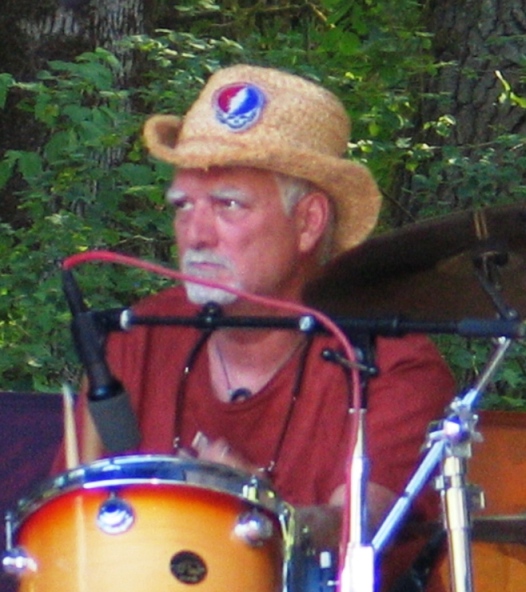
GW: How did it happen that you and the guys decided to tour again as the Dead?
BK: It happened because we decided to play for Obama at Penn State. And we did that gig, and it went really well, and we just said, well jeez, we went to all this trouble to get that together, why don’t we just plan a tour for the spring? That’s what we did.
GW: If i could go into the past a little bit, I understand you were kicked out of the band in the 6th grade by a teacher who told you you couldn’t keep a beat.
BK: That’s quite a bit in the past considering I’m 63. She said that--it was the 2nd day of class--you can’t keep a beat, you have to go. Got on my bike and found my own drum teacher.
GW: I think I’m asking on behalf of kids who want to be musicians. What made you not give up?
BK: That’ s a really good question. I think it comes from a passion that each one of us has for various things. Of course, not just drumming. Maybe someone has a passion to be a scientist or an astronomer or whatever it is. First, I didn’t like the music I was hearing. I heard much different music at home. My parents were always into black music a lot. My dad loved black female singers a lot. My mom listened to Ray Charles and the Olympics and the Ink Spots. I was surrounded in a white neighborhood by black music in my own house.
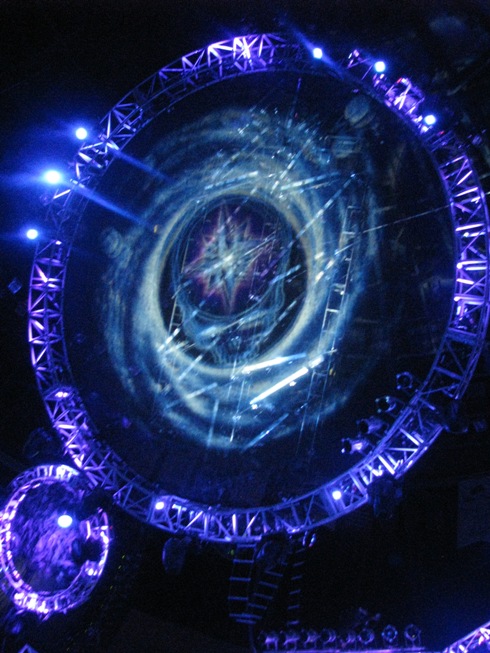
GW: Did your parents encourage you to play music?
BK: My mother did, but my dad wasn’t too sure about me being a musician because in those days, musicians were thought of as “less than,” lower class. I didn’t think anything about that. To me, it was so much fun to play music and have people dance and be happy.
GW: Were there drummers who inspired you when you were growing up?
BK: Earl Palmer was one of the first drummers that I can remember listening to, and Ray Charles’s drummer, I don’t know his name. There were quite a few drummers who impressed me. When you’re first starting, you’re like God, how do they do that? So your challenge is to learn how to do it.
GW: What advice do you have for a young person who dreams about becoming a professional musician?
BK: If they want to become a drummer, not only should they study drums, they should study piano. And they should learn keys and relative harmonics, melody basically. That should be as much a part of the drum lesson as the drumming itself.
GW: Why is that?
BK: Because you’re playing along with musical instruments, and you want to complement them. You want to be able to hear different keys and different changes, and that way, you play better with other musicians. You get a personal sense of music. Rhythm is 100% important, but it’s not just that; rhythm and tone also.
GW: So back to the present: I’ve always felt that there’s a spiritual or mystical underpinning to the music and the scene. Do you perceive anything like that?
BK: 100% I do, all the time. That’s where it comes from for me. It comes from a spiritual place. I don’t have a name for it. It’s not Christianity or Buddhism or Catholicism or anything like that. It’s just an insight, a belief i have. I don’t believe the music comes from me as much as I believe the music comes through me from a higher power.
GW: The psychedelic culture has long been associated with the Dead. What’s your take on mind expanding drug use?
BK: I don’t know who’s going to read this or hear this, because I don’t want to advocate people taking LSD unless its in the right circumstance; it happened to be in the right circumstance for me. This man came along and said, hey you guys, why don’t you all take LSD together and play. And we did it, and it was like, oh yeah? It opened up all these doors. I want to make it really clear it’s not for everybody, and it is a very dangerous substance if it’s taken too much, but the door was opened for all of us.
GW: Can you tell me a little about your band BK3?
BK: It’s changed personnel a little bit. I’m using Hutch Hutchinson on bass. I still have Scott Murawski on guitar, and this woman Tara, she’s with Donna and the Buffaloes-- have you ever heard of that band?
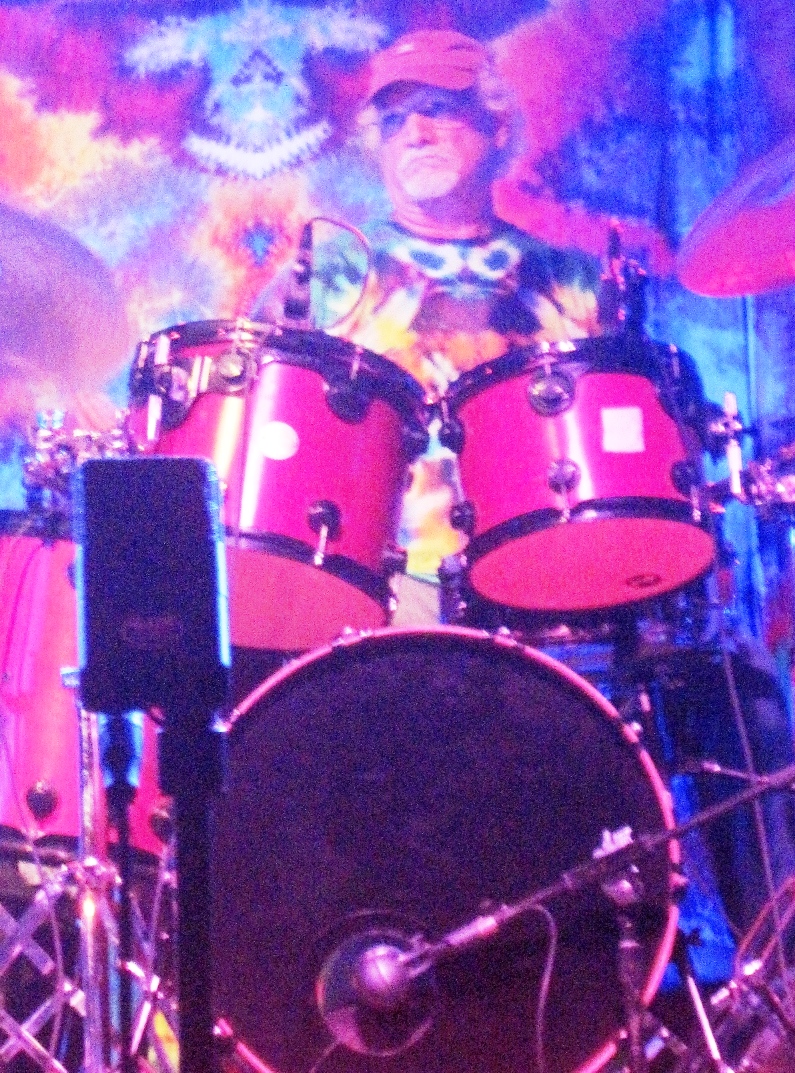
GW: I haven’t.
BK: She’s gonna be with us, it will be a four piece band.
GW: Are you touring?
BK: Yeah, soon as Grateful Dead ends, I’m also playing with Papa Mali or Malcolm. I have couple dates with them, and then I have 6, 8, 9 dates with my own band.
GW: So you got a lot going on...
BK: It’s spaced out enough so that I’m not crazy. Like we have these 3 days between the Shoreline shows, and that’s great.
GW: What do you do in the days in between?
BK: Well, today I’m doing my laundry. I’m taking my laundry to the Chinese laundry down the block. [back to Tara] Her name is Tara Nevins, and she’s from Donna the Buffalo. I honestly haven’t heard of that band.
GW: I think a lot of people don’t know that you’re an outspoken supporter of protecting the world’s oceans.
BK: I’m a way outspoken person. I’m totally into that.
GW: Can you tell me a little bit more about your concern for the oceans, some of the problems?
BK: There are many problems with the oceans right now. I’ll give you a capsulization because this interview would take a few hours for me to get into details. One is the slaughter of Humpback Whales in Antarctica and other places. It’s a protected zone, an illegal fishing zone. Unfortunately, I hate to mention the country. It’s the Japanese. Japan and Norway. Those are the two countries that are still killing whales. Horrendous amounts. The Japanese took 2000 Humpback Whales last year. So I support Paul Watson and his group, Sea Shepherd, totally. The only hands-on [group]. They’ve got one boat against a fleet of these killers that are capable of 50 knots on the ocean. If you know how fast 50 mph is on the water, you know that’s fast. He has a helicopter, and he tries to spot them. They can’t hunt the whales when they’re being chased by him because the whales are diving and stuff, but you can only chase one boat at a time.
If i had a dream--it’s not just Sea Shepherd, there’s another group I’m going to talk about in a minute--if I had a dream, I’d be a sudden billionaire and buy 6 more of these ships and keep them running full time. You can pass all the laws you want in the world, but if you don’t have anybody to enforce them, what good does it do? You don’t have Coast Guard down there, you don’t have the Navy.
GW: is there anything people can do to help?
BK: They can Google Sea Shepherd (www.seashepherd.org) and get all the info, and they can donate money. That would be the biggest help. If they’re physically capable, they can volunteer to actually go on the boat and crew on the boat. But it’s tough stuff, you gotta be pretty tough to go out and do that stuff.
GW: And the best way to do that is through Sea Shepherd?
BK: You Google Sea Shepherd and you get all the information, how to get a hold of them. If you want to volunteer or send $10 or $100 or whatever. Some famous musician, I can’t say his name, just gave Paul Watson $100K for a new diesel motor. ‘Cause they run the boat so hard, they go through a motor a year.
GW: And the other group you wanted to mention?
BK: His name is Ric O’Barry, and he has a campaign to stop the Japanese from slaughtering the dolphins on the coast. For 6 months out of the year, there’s this little tiny town away from everywhere that has a cove in front of it. And there’s about 36 fisherman, and for 6 months they corral the dolphins get them to come in, and then they kill them and sell the meat back to the Japanese people. He has a movie out. This is another person you can look up.
His name is Ric O’Barry. The name of his group is the International Marine Mammal Project, Earth Island Institute. They’re actually in San Francisco, he lives in Florida though. If you want to email him or contact him, he’s at www.savejapandolophins.org.
GW: I also saw that you’re a visual artist?
BK: I did computer art. I haven’t done that for a while though, just haven’t been doing it. I used to use nine, had a lot of cool filters that i would use for my art. Now of course they have new filters for 10. As soon as they went to 10, those filters didn’t work. I’m just changing my mind. I have a very good friend back in Hawaii who’s going to teach me to carve. I’m very interested in carving Tikis and things, drums, carve wood drums, and it’s a lot cheaper than the computer. He says tools are like 50 bucks.
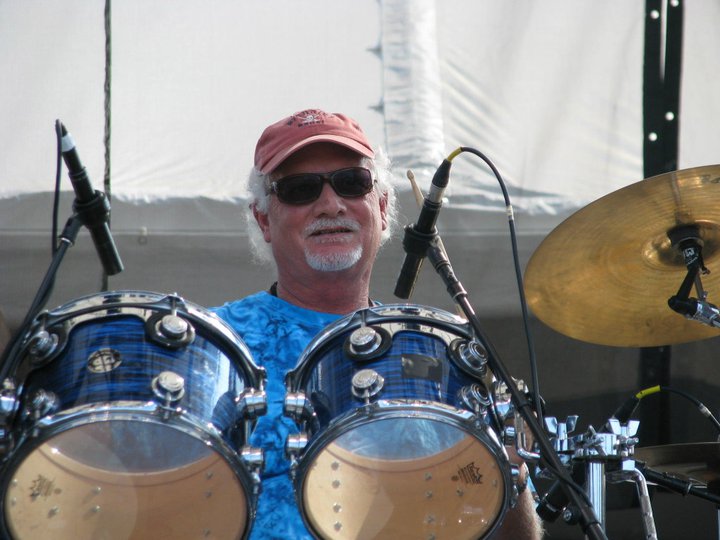
GW: I guess it’s more tactile, too.
BK: Yeah, it is more tactile, it’s you and it. It’s not going through a machine. There are some people out there who say digital art isn’t really art, but that’s not true, you still have to pick all the colors and brush sizes, everything you see you had to pick, the computer doesn’t do that.
GW: I saw your art. It’s definitely art.
BK: It’s definitely art--you’d give it an A for art, huh?
GW: A for Art. Moving on to some other questions. I don’t know if you’ve ever seen James Lipton on the Actor’s studio?
BK: I have not.
GW: He borrowed these questions from Marcel Proust, the author. What is your favorite word?
BK: Love
GW: What is your least favorite word?
BK: Hate
GW: What turns you on?
BK: People loving one another
GW: What turns you off?
BK: Killing, fighting, wars, famine, people being treated poorly, mass genocide, like Somalia and those countries. And also slaughter of sea animals, dolphins, whales.
GW: What is your favorite curse word?
BK: Fuck
GW: What sound or noise do you love?
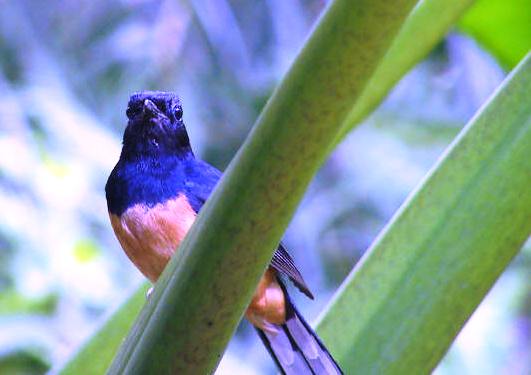
BK: Birds, I love the Hawaiian Shama Thrush, it’s has the most beautiful song of all the Hawaiian birds.
GW: What sound or noise do you hate?
BK: Jack hammers, driving sounds like that
GW: What profession, other than your own, would you like to attempt?
BK: Art of one sort or another
GW: What profession would you not like to attempt?
BK: Dentist
GW: What is your idea of happiness?
BK: A feeling of joy inside
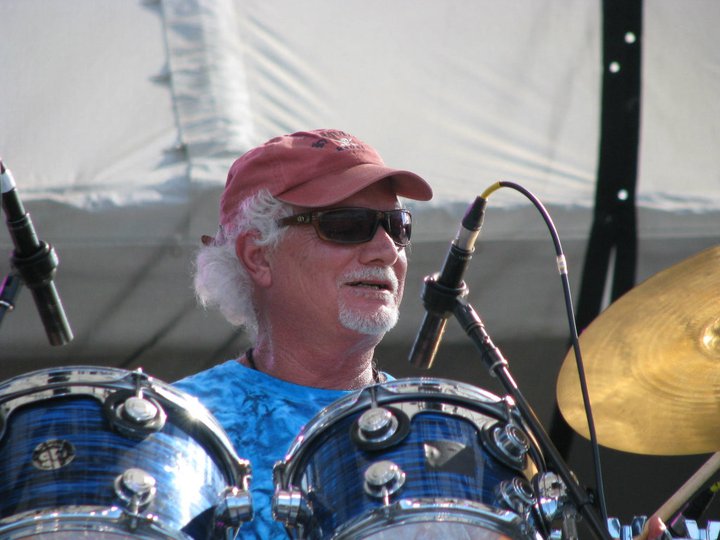
GW: What is your idea of misery?
BK: Loss of a loved one
GW: If heaven exists, what would you like to hear God say when you arrive at the pearly gates?
BK: You’ve already arrived, you’ve been here all along.
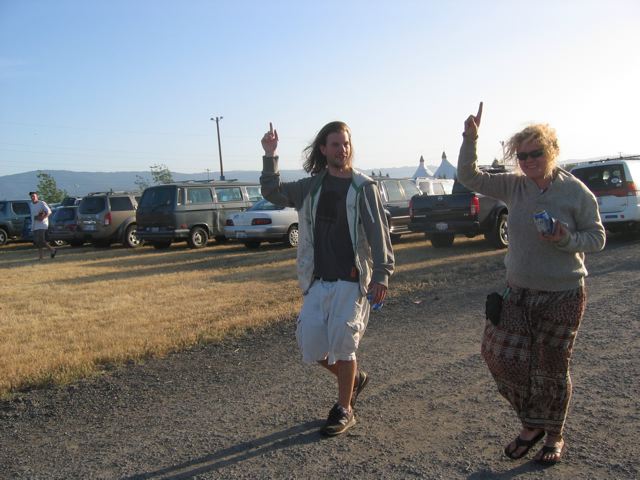
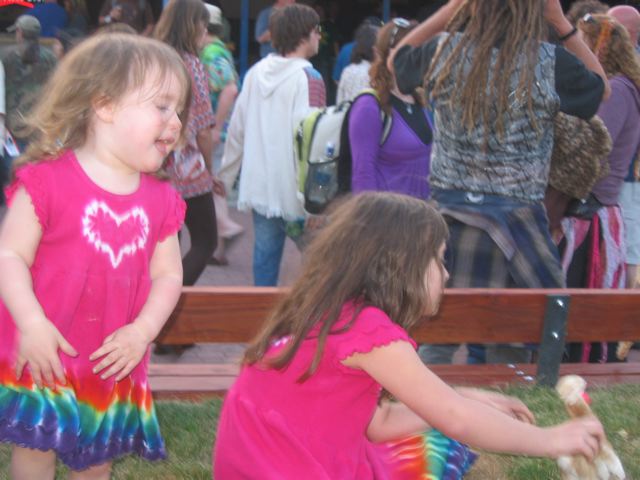





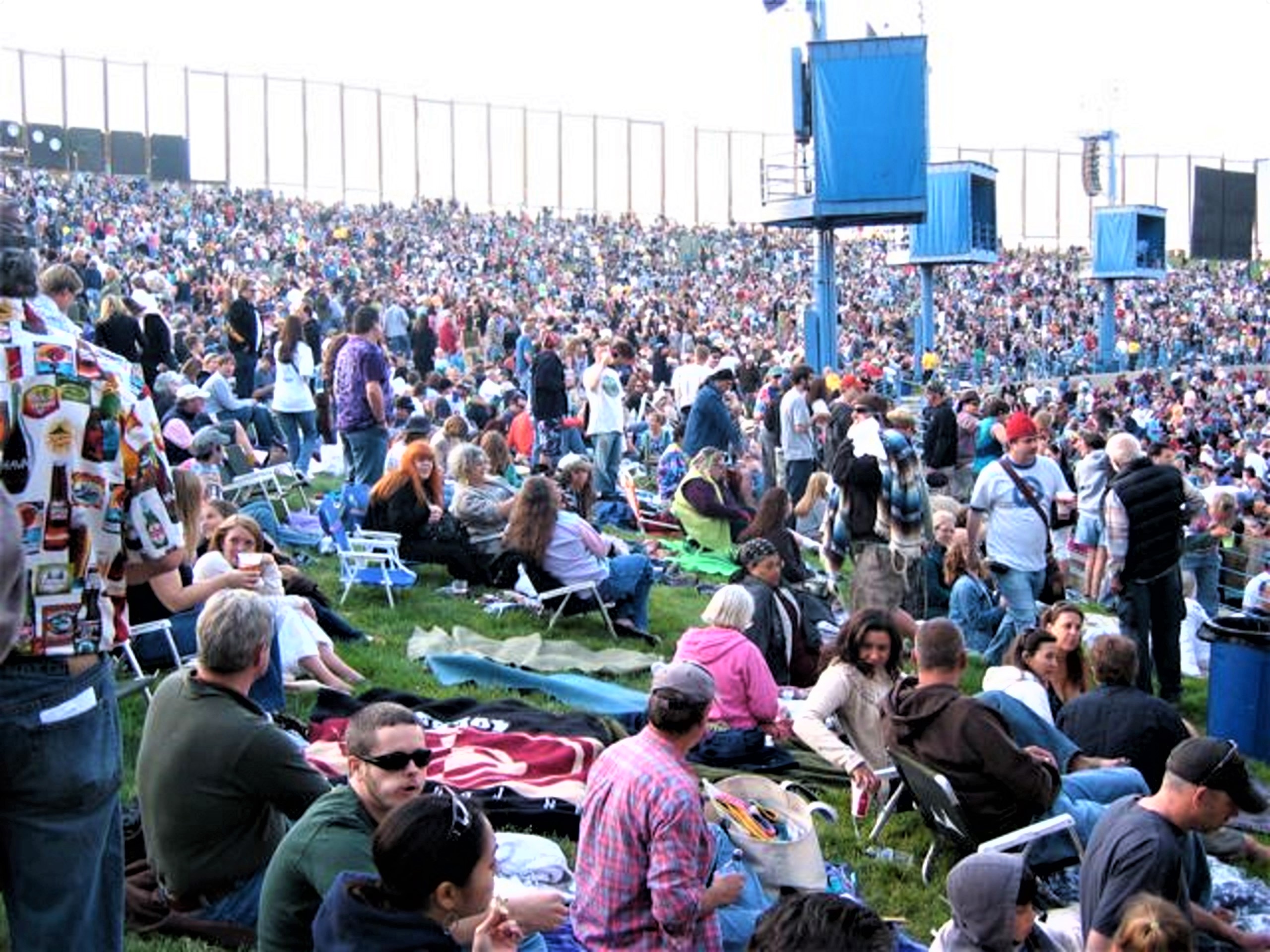
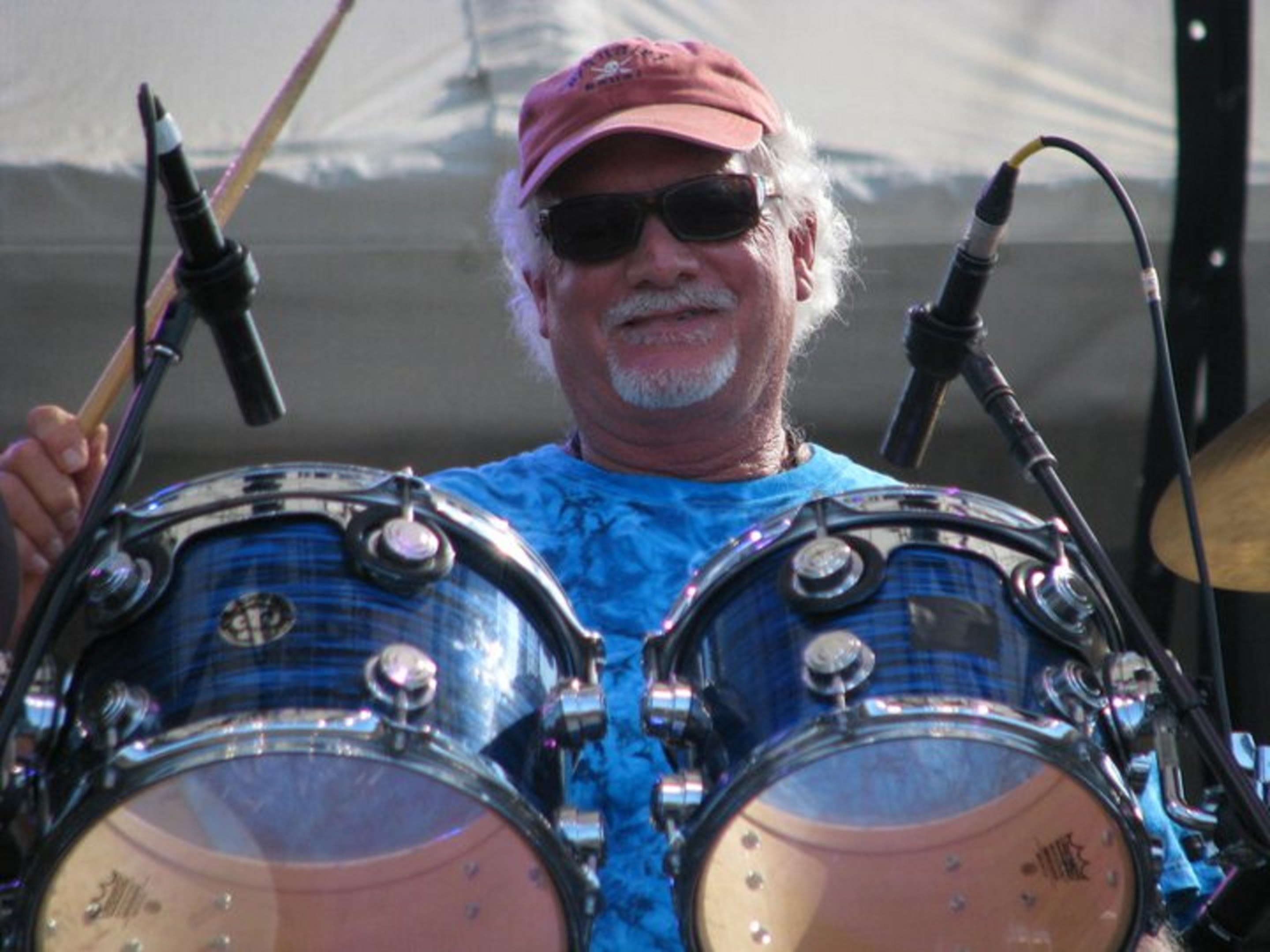






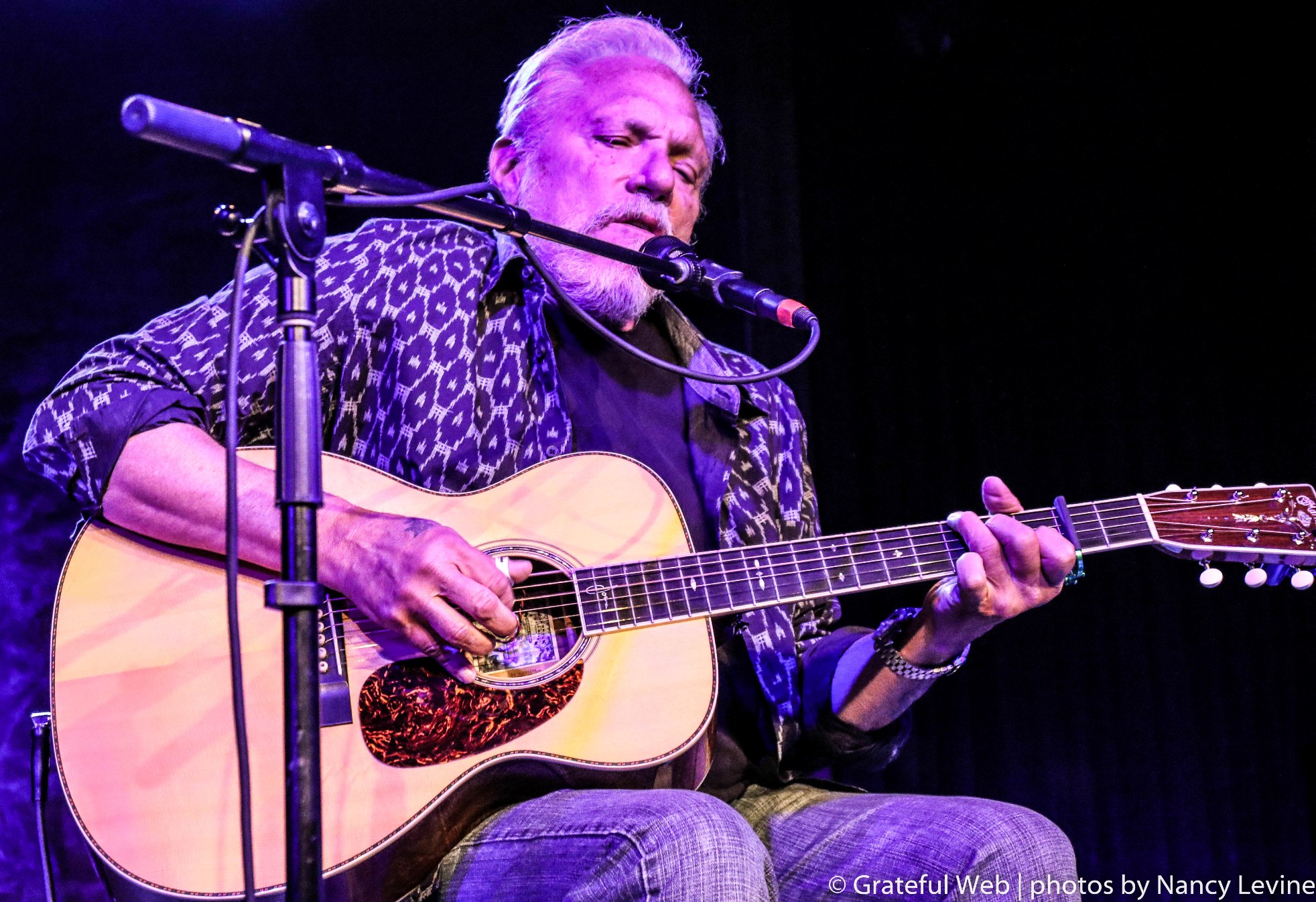
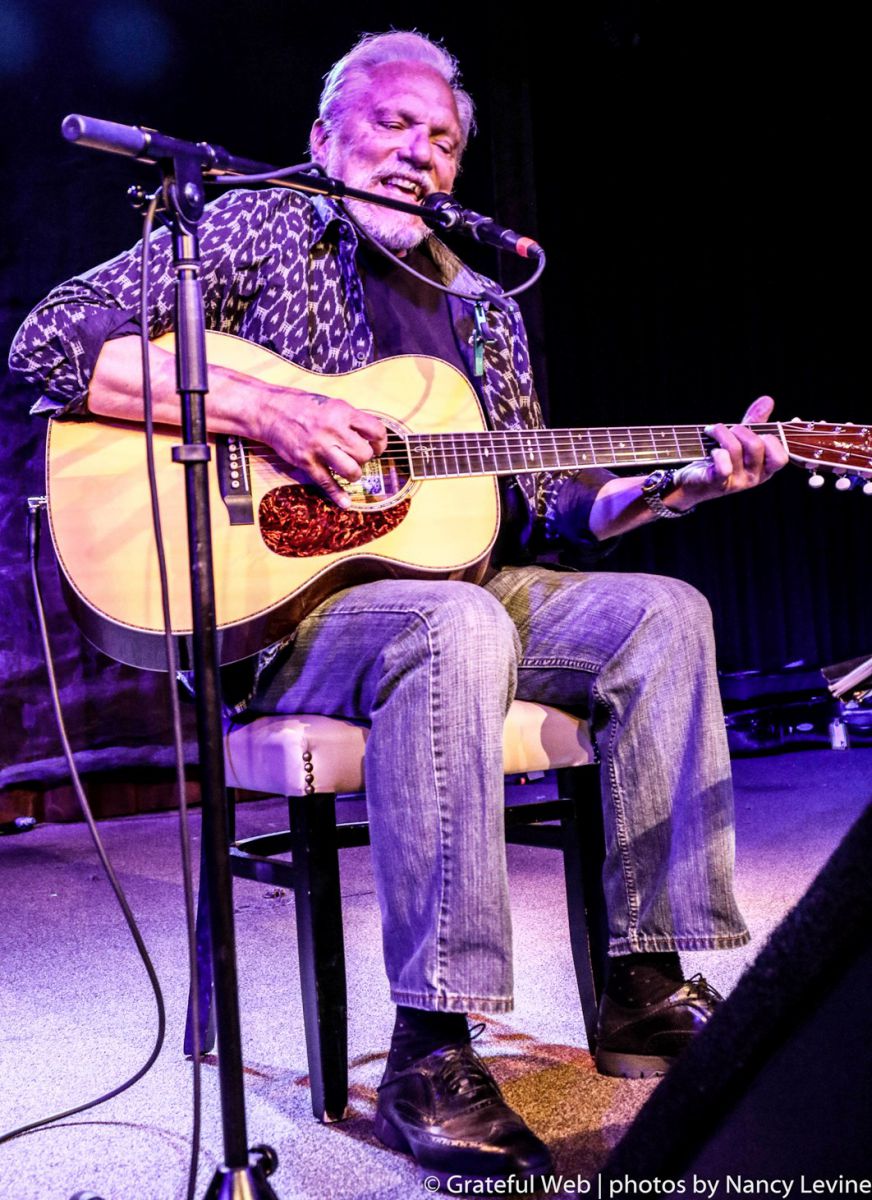 But
But 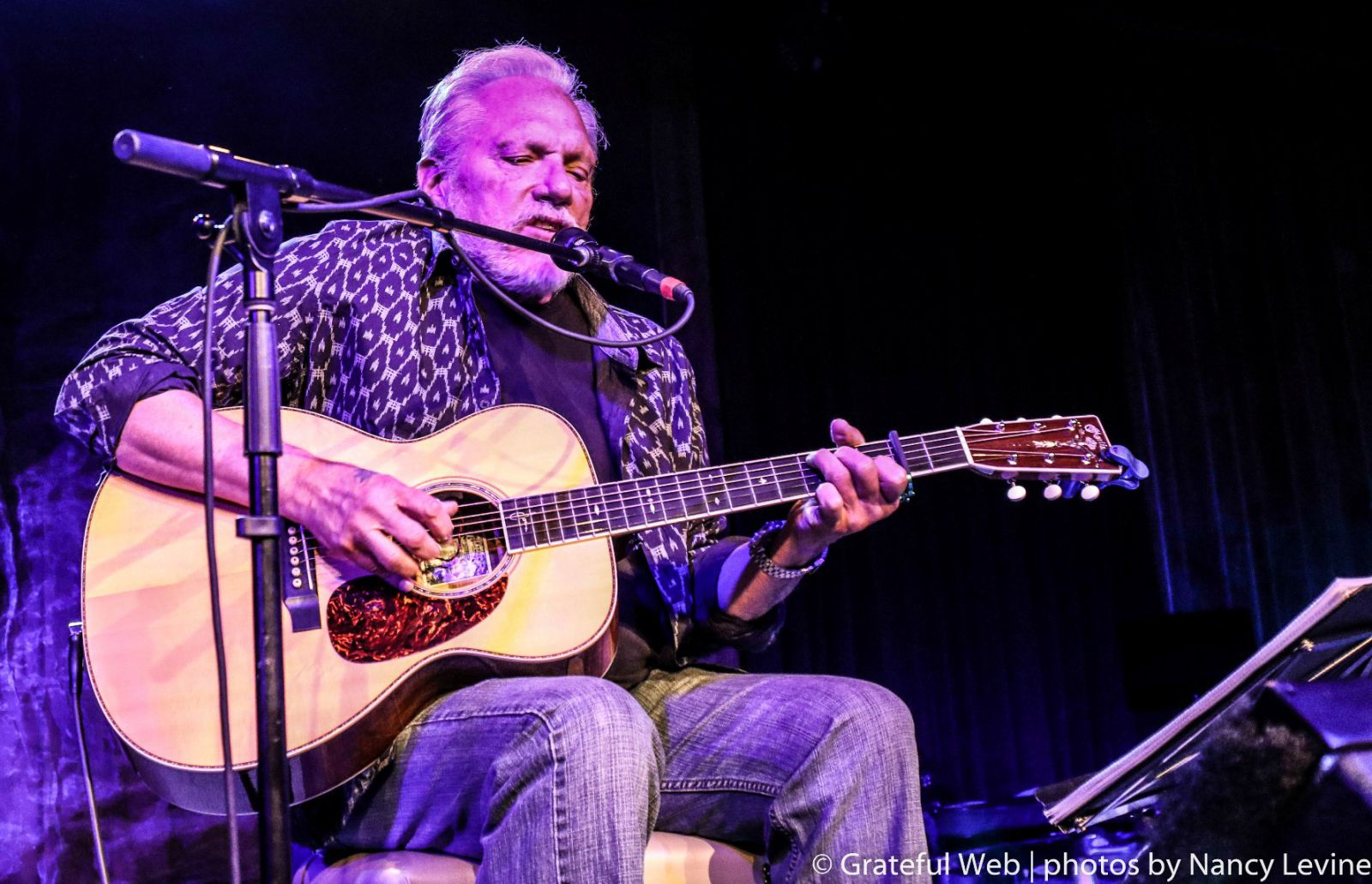 Jorma charmed the crowd with a light and lusty version of “Barbecue King.” When a titter arose in response to the lyric, “putting his barbeque taste on his barbecue bun,” Jorma broke from the song for a moment to say, “You are paying attention!” Afterward, he noted, “What’s that song about? Take a wild guess.”
Jorma charmed the crowd with a light and lusty version of “Barbecue King.” When a titter arose in response to the lyric, “putting his barbeque taste on his barbecue bun,” Jorma broke from the song for a moment to say, “You are paying attention!” Afterward, he noted, “What’s that song about? Take a wild guess.”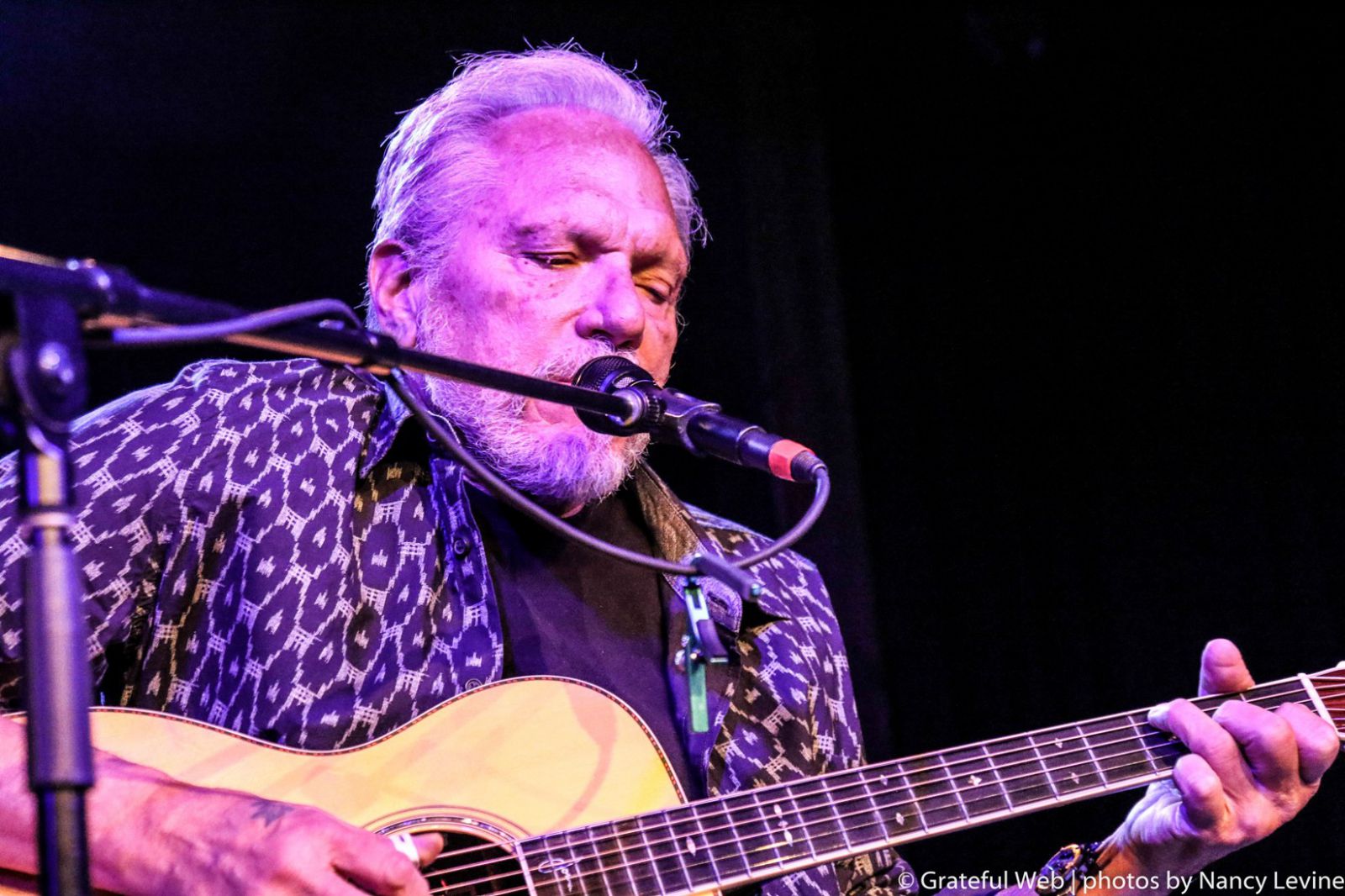 The all instrumental tune “Living in the Moment” was rich and textured, a showpiece of Jorma’s range and mastery. In turns the song was delicate, and even poignant, while also hearty and rumbling.
The all instrumental tune “Living in the Moment” was rich and textured, a showpiece of Jorma’s range and mastery. In turns the song was delicate, and even poignant, while also hearty and rumbling.
